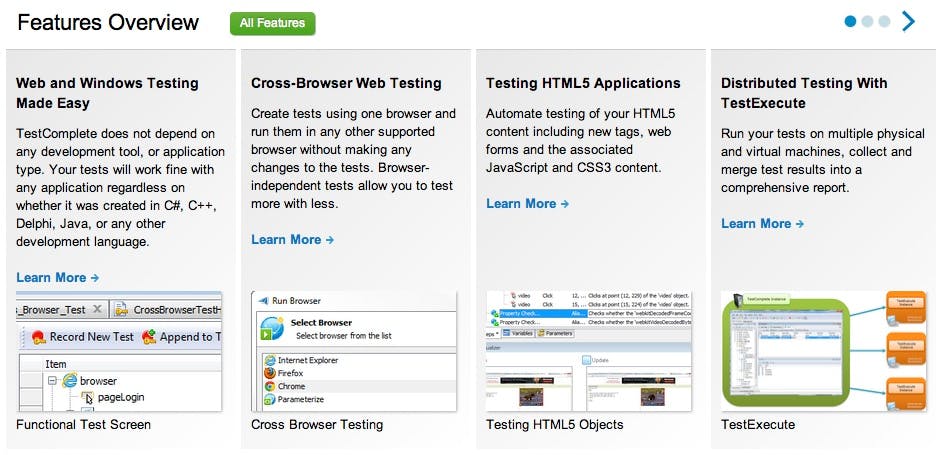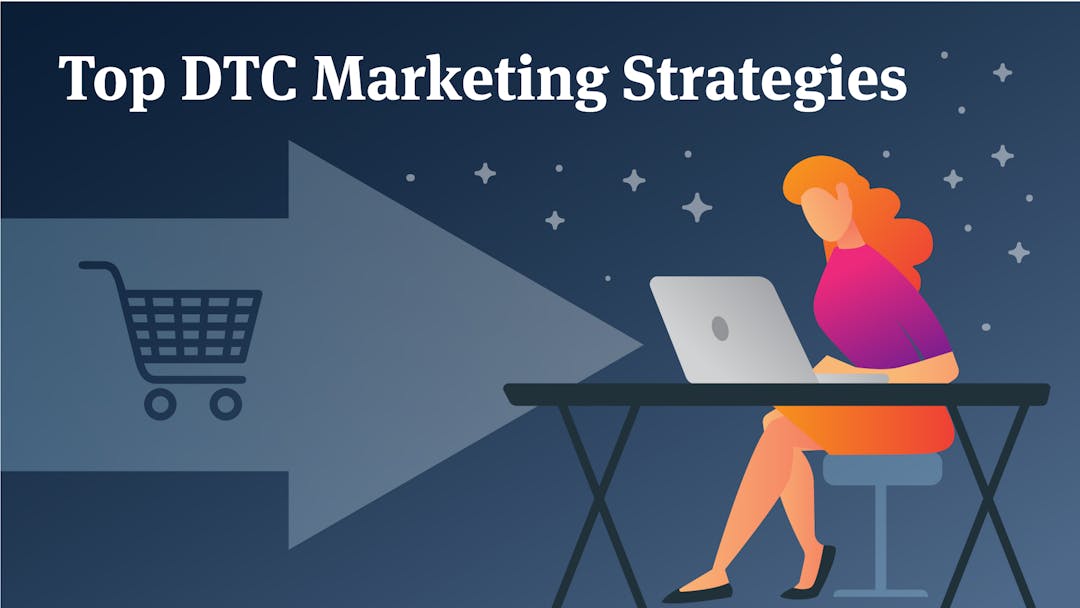To to become a price leader, your price should always follow your product’s value. Find out how you can communnicate this through the value propositions listed on your product page.
The gaming industry is perhaps the best example of a hyper-competitive business environment. Seriously, there is a reason the phrase “console wars” is constantly tossed around. Sony Computer Entertainment, Microsoft Studios, and Nintendo continually slug it out year-after-year for market share via innovative systems, next generation graphics, rights to popular games, and the list goes on. This year, the highly anticipated releases of both the Playstation 4 and the Xbox One will once again pit Sony and Microsoft against one another in a head-to-head competition for market dominance.
Both consoles are slated for a pre-holiday season release to capitalize on the Christmas shopping rush. The Xbox One is expected to be priced at $499, while Sony has announced that the PS4 will only carry a $399 price tag - undercutting it’s foe on price significantly. That doesn’t seem to bother Xbox CMO, Yusuf Mehdi, however. He’s betting that Microsoft has a “much better and more complete value proposition” than the competition, and that differentiating features such as the upgraded Kinect (a motion sensing input device that enables users to interact with an Xbox without a typical game controller) will justify the higher exchange rate.
Is Yusuf Mehdi Crazy?
We don’t think so. In fact, Mehdi proves he isn’t a pricing “noob” because he grasps one fundamental concept: to become a price leader, your price should always follow your product’s value. For many SaaS companies, this is largely communicated through the value propositions listed on their product page. Since we all hope to be as confident as Mr. Mehdi in declaring the inherent value of our product (and stake our careers on it), we invite you to check out our four-step plan to craft even better value propositions for your business.
Tip #1: Highlight Your True Strengths and Differentiators
This may sound like the first chapter in a Business 101 textbook, but you’d be surprised how many companies haven’t taken the time to truly identify what makes their product unique. First of all, let’s be perfectly clear - any company can throw random features and benefits on a product page. What’s critically important is how you determine which features get listed. From a value-based pricing perspective, we insist companies first look to their own customers rather than making “educated” assumptions.
Action Item: So how do you do this? Scientifically! Data collection surrounding individual customer segments (uniquely identified as specific “customer personas”) helps you avoid miscalculating which features/benefits your customers actually care about and guides your messaging accordingly. From here, you can use this tangible data to edit or draft new value propositions that drive potential customers to purchase your product or service at a profitable price.
Tip #2: Motivate Prospective Customers to Learn More
An effective value proposition should be comprehensive, yet brief. Sounds paradoxical doesn’t it? The companies who excel in this area expertly interweave value props into their feature descriptions. They also understand that you walk a fine line between capturing a prospect’s interest and overwhelming her/him with way too many product features. A simple page with only a few features and benefits can leave your prospective customer with the feeling that the product doesn’t offer enough, while a complex list of features and descriptions (filled with industry jargon) has the potential to induce a consumer panic attack.
Action Item: Avoid information overload by combining a concise summary of the product with the opportunity to learn more. SmartBear (an automated testing software company) does an excellent job of this by providing customers with a succinct review of the overall product while still allowing them to dive deeper into specific features if they need further info (shown below). Other ways businesses can motivate customers to learn more include “request more info” tabs or even live chat. This communicates that you’re confident in the value propositions outlined on your site and you welcome discussion with hungry customers (It’s also not a bad thing that it doubles as a lead generation tool too!).

Tip #3: When Possible, Quantify Value for Your Customers
Math is meaningful. Numbers give you credibility that pithy marketing phrases can’t. Our most recent free ebook about Value Management points out that “there should be a concept mapping from the value metric (the way in which the customer gets value) to the pricing metric (the way in which the seller charges for value).” Many companies leave prospective customers with the responsibility of making this logical leap themselves, missing out on the revenue from customers who just can’t connect the dots.
Action Item: Take advantage of the opportunity to quantify value for your customers. Tesla Motors is a master at this. Not only are Tesla’s electric sports cars beautiful, their “True Cost of Ownership Page” is downright sexy (can you tell we are pricing nerds?). Although not every company needs to include a “cost calculator” to emphasize existing value propositions, Tesla provides a primer using simple math to justify what some might perceive as an exorbitant price tag ($71,000 for their Model S). By simply asking, “what’s your time worth (per hour),” the electric sports car manufacturer incorporates “time saved” (both commuting and at the pump) as a dollar figure into its value proposition.

Tip #4: Repeat and Reiterate
Let’s face it, customers have extremely short attention spans (we all do). The value propositions displayed on your site should not only demonstrate to the customer why your product offers tremendous value, they should continually reinforce those value drivers. The trick here is to get creative without sounding repetitive. One way companies can buttress their value propositions is by leveraging social proof. Usually, this occurs by posting expert-level recommendations or glowing reviews from past customers.
Action Item: Think of ways your value propositions can be reinforced by the things you do best. Does your company have better customer support than any of your competitors? Can you boast a 95% renewal rate on year-to-year subscriptions? There are an infinite number of ways to communicate value, but you need to reiterate your value propositions in a variety of ways to leave a lasting impact on potential customers.
Bringing It All Together
Your value propositions don’t merely justify your price, they elaborate on it. In the case of the Xbox One, the $100 gap in price leaves room for Xbox to communicate why its new console is “worth it” to consumers. Although only time will tell if their approach is successful, there is no doubt that unique value propositions and prices based on customer value (rather than internal costs or competitors) are crucial components of a pricing strategy that maximizes profits.
To learn more, check out our Pricing Strategy ebook, or learn more about our price optimization software and solutions. We're here to help!




